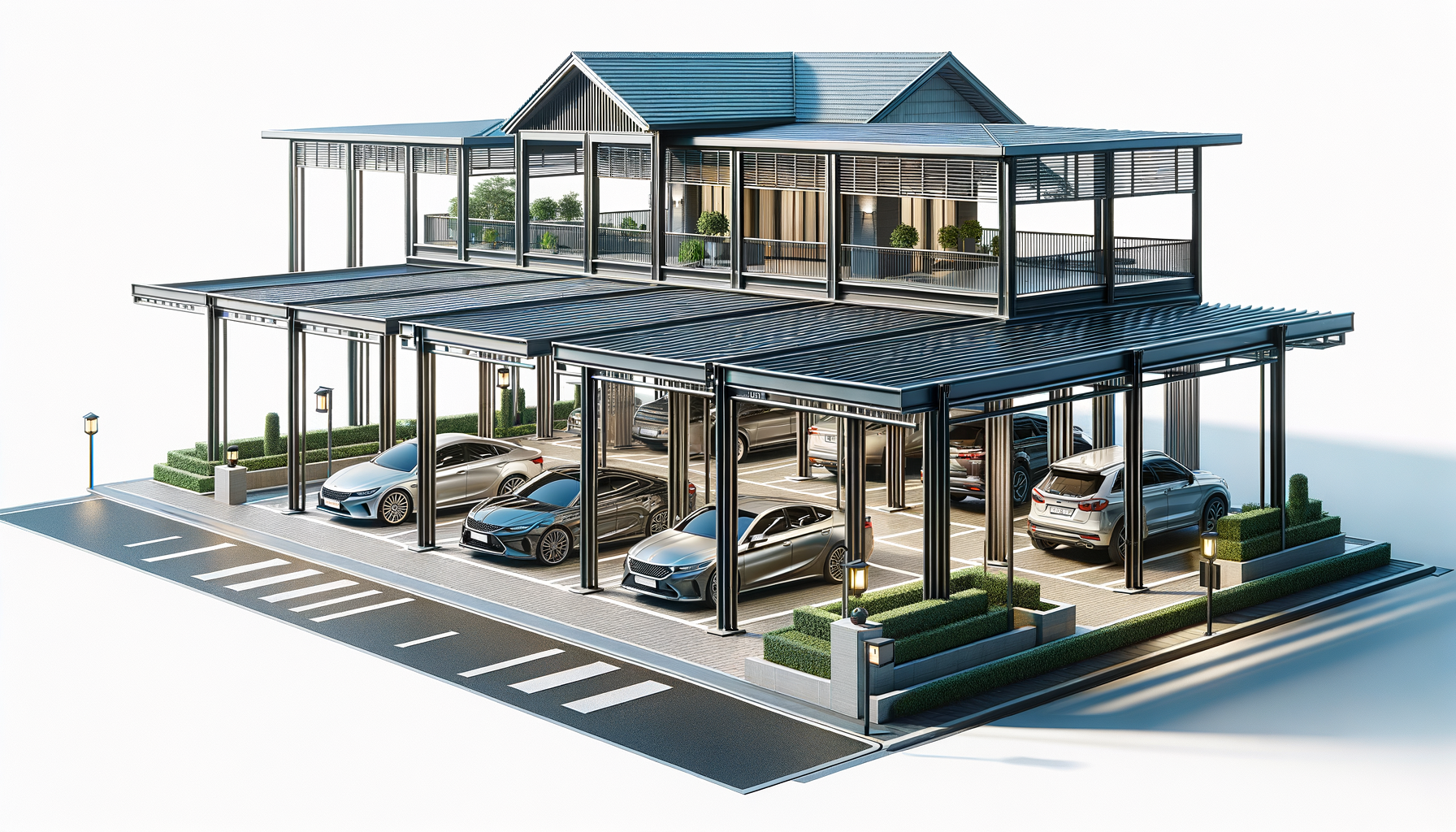Introduction to Fence Panels
Fence panels are a versatile and essential component for any outdoor space, providing both aesthetic appeal and practical functionality. Whether you are looking to enhance your garden’s privacy, increase security, or simply add a decorative touch, understanding the different types of fence panels and their uses is crucial. This guide aims to provide in-depth insights into the various options available, helping you make informed decisions that match your style and climate needs.
Different Types of Fence Panels and Their Uses
When it comes to choosing fence panels, the variety can be overwhelming. Each type serves a unique purpose, catering to different needs and preferences. Here are some common types:
- Wooden Panels: Known for their natural beauty and versatility, wooden panels are a popular choice for homeowners seeking a classic look. They offer excellent privacy and can be customized with paint or stain to match any design aesthetic.
- Vinyl Panels: These are renowned for their durability and low maintenance. Vinyl panels resist weathering, making them ideal for climates with harsh weather conditions. They come in various styles and colors, offering a modern and clean appearance.
- Metal Panels: Often made from aluminum or steel, metal panels are highly durable and provide robust security. They are suitable for industrial settings and modern homes, offering a sleek and contemporary look.
- Composite Panels: Combining the best of wood and plastic, composite panels are durable and require minimal maintenance. They are resistant to rot and insects, making them a long-lasting option for many homeowners.
- Bamboo Panels: Eco-friendly and stylish, bamboo panels are perfect for those looking to incorporate sustainable materials into their outdoor spaces. They offer a unique aesthetic and are relatively easy to install.
Each type of panel has its unique advantages, and the choice largely depends on the intended use, desired appearance, and environmental conditions.
How to Choose the Right Material for Your Climate and Style
Selecting the appropriate material for your fence panels involves considering both your local climate and personal style preferences. Here’s how you can make the right choice:
- Climate Considerations: In areas with high humidity or frequent rainfall, materials like vinyl or composite are preferable due to their resistance to moisture. Conversely, in dry climates, wooden panels can thrive with minimal risk of warping or rotting.
- Style Preferences: Your home’s architectural style should guide your choice of fence panels. For traditional homes, wooden or bamboo panels might complement the design, whereas modern homes might benefit from the sleek lines of metal or vinyl.
- Maintenance Needs: Consider how much time you are willing to invest in maintaining your fence. Wooden panels may require regular staining or painting, while vinyl and composite panels are relatively low-maintenance.
By aligning your material choice with both environmental and aesthetic considerations, you can ensure that your fence not only looks great but also stands the test of time.
Installation Tips for a Successful Fence Project
Installing fence panels can be a rewarding DIY project, but it requires careful planning and execution. Here are some tips to help you succeed:
- Plan Your Layout: Before purchasing materials, sketch a layout of your fence. Measure the perimeter of the area to determine how many panels and posts you will need.
- Check Local Regulations: Ensure compliance with local building codes and regulations, which may dictate the height and style of fences allowed in your area.
- Prepare the Ground: Clear the area of debris and vegetation. Level the ground where the fence will be installed to ensure stability.
- Use Quality Materials: Invest in high-quality materials and tools to ensure durability and ease of installation.
- Follow Manufacturer Instructions: Adhere to the manufacturer’s instructions for installation to avoid common pitfalls and ensure the warranty remains valid.
Proper planning and execution are key to a successful fence installation, ensuring both functionality and aesthetic appeal.
Maintenance Best Practices for Longevity
Regular maintenance is essential to preserve the appearance and functionality of your fence panels. Here are some best practices:
- Regular Inspections: Periodically check your fence for signs of damage or wear, such as loose panels or rust spots.
- Cleaning: Clean your fence annually using a gentle detergent and water to remove dirt and grime. For wooden panels, consider a power wash to remove stubborn stains.
- Repairs: Address any damage promptly to prevent further deterioration. Replace broken panels or posts as needed.
- Protective Coatings: For wooden fences, apply a sealant or stain every few years to protect against moisture and UV damage.
- Seasonal Care: In winter, clear snow away from the base of the fence to prevent moisture damage. In summer, check for signs of sun damage.
By following these maintenance practices, you can extend the life of your fence panels, ensuring they continue to enhance your outdoor space for years to come.
Conclusion: Enhancing Your Outdoor Space with the Right Fence Panels
Choosing the right fence panels involves careful consideration of various factors, including material, style, and climate. By understanding the different types of panels and their uses, you can make informed decisions that enhance both the functionality and aesthetic appeal of your outdoor space. With proper installation and maintenance, your fence can provide privacy, security, and beauty, transforming your yard into a welcoming retreat. Whether you opt for the natural charm of wood or the modern durability of vinyl, the right fence panels can make a significant difference in your home’s exterior.




Leave a Reply